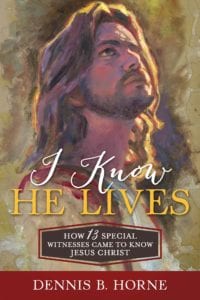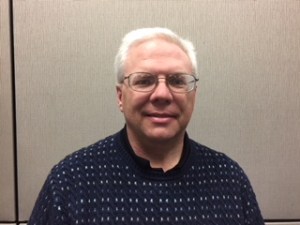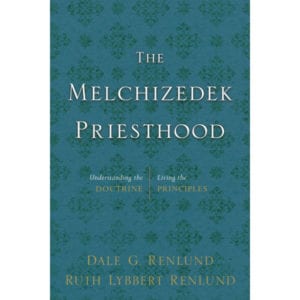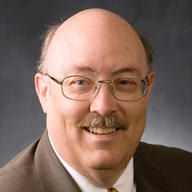Podcast: Download (57.7MB)
Subscribe: RSS
This podcast series features a past FairMormon Conference presentation each month. Please join us for the 2018 FairMormon Conference coming up August 1-3. You can attend in person or purchase the video streaming.
Janiece Johnson, Restoring the Tapestry of the Restoration: Early Mormon Women’s Witness
Transcript available here.
 Janiece Johnson is a transplanted Bay Area, California, native who loves history, design, art, good food, and traveling. She has master’s degrees in American Religious History and Theology from Brigham Young University and Vanderbilt’s Divinity School respectively. She finished her doctoral work at the University of Leicester in England. Janiece has published work on gender and American religious history—specializing in Mormon history and the prosecution for the Mountain Meadows Massacre. She is a co-author of The Witness of Women: First-hand Experiences and Testimonies of the Restoration (Deseret Book, 2016) and general editor of the recently published Mountain Meadows Massacre: Collected Legal Papers (University of Oklahoma Press, 2017). A visiting professor in Religious Education at BYU-Idaho for the last three years, Janiece will begin as a research fellow for the Maxwell Institute’s Laura F. Willes Center for Book of Mormon Studies at BYU this fall.
Janiece Johnson is a transplanted Bay Area, California, native who loves history, design, art, good food, and traveling. She has master’s degrees in American Religious History and Theology from Brigham Young University and Vanderbilt’s Divinity School respectively. She finished her doctoral work at the University of Leicester in England. Janiece has published work on gender and American religious history—specializing in Mormon history and the prosecution for the Mountain Meadows Massacre. She is a co-author of The Witness of Women: First-hand Experiences and Testimonies of the Restoration (Deseret Book, 2016) and general editor of the recently published Mountain Meadows Massacre: Collected Legal Papers (University of Oklahoma Press, 2017). A visiting professor in Religious Education at BYU-Idaho for the last three years, Janiece will begin as a research fellow for the Maxwell Institute’s Laura F. Willes Center for Book of Mormon Studies at BYU this fall.
Audio and Video Copyright © 2017 The Foundation for Apologetic Information and Research, Inc. Any reproduction or transcription of this material without prior express written permission is prohibited.

 A selection from the 2017 book,
A selection from the 2017 book,



 Ugo A. Perego received a BS and a MS in Health Sciences from Brigham Young University (Provo, Utah) and a PhD in Genetics and Biomolecular Sciences from the University of Pavia (Pavia, Italy) under the mentorship of Professor Antonio Torroni. He is the Director of the Rome Institute Campus, the S&I Coordinator for Central Italy and Malta, and a Visiting Scientist at the University of Pavia. During the past fifteen years, Ugo has given nearly 200 international lectures on DNA topics related to population migrations, ancestry, forensics, and history (including LDS history). Ugo has also authored and co-authored a number of publications, including: “Ancient individuals from the North American Northwest Coast reveal 10,000 years of regional genetic continuity” (in PNAS USA, 2017); “Finding Lehi in America through DNA Analysis” (in Laura Hales’ A Reason for Faith: Navigating LDS Doctrine & Church History, 2016); “The first peopling of South America: new evidences from the Y-chromosome haplogroup Q” (in Plos One, 2013); “Reconciling migration models to the Americas with the variation of North American native mitogenomes” (in PNAS USA, 2013); “The Mountain Meadows Massacre and ‘Poisoned Springs’: Scientific Testing of the More Recent, Anthrax Theory” (in International Journal of Legal Medicine, 2012); and “Joseph Smith Jr., the Question of Polygamous Offspring and DNA Analysis” (in Craig Foster and Newell Bringhurst’s The Persistence of Polygamy Vol. 1, 2010). A complete list of his publications is available at
Ugo A. Perego received a BS and a MS in Health Sciences from Brigham Young University (Provo, Utah) and a PhD in Genetics and Biomolecular Sciences from the University of Pavia (Pavia, Italy) under the mentorship of Professor Antonio Torroni. He is the Director of the Rome Institute Campus, the S&I Coordinator for Central Italy and Malta, and a Visiting Scientist at the University of Pavia. During the past fifteen years, Ugo has given nearly 200 international lectures on DNA topics related to population migrations, ancestry, forensics, and history (including LDS history). Ugo has also authored and co-authored a number of publications, including: “Ancient individuals from the North American Northwest Coast reveal 10,000 years of regional genetic continuity” (in PNAS USA, 2017); “Finding Lehi in America through DNA Analysis” (in Laura Hales’ A Reason for Faith: Navigating LDS Doctrine & Church History, 2016); “The first peopling of South America: new evidences from the Y-chromosome haplogroup Q” (in Plos One, 2013); “Reconciling migration models to the Americas with the variation of North American native mitogenomes” (in PNAS USA, 2013); “The Mountain Meadows Massacre and ‘Poisoned Springs’: Scientific Testing of the More Recent, Anthrax Theory” (in International Journal of Legal Medicine, 2012); and “Joseph Smith Jr., the Question of Polygamous Offspring and DNA Analysis” (in Craig Foster and Newell Bringhurst’s The Persistence of Polygamy Vol. 1, 2010). A complete list of his publications is available at 

